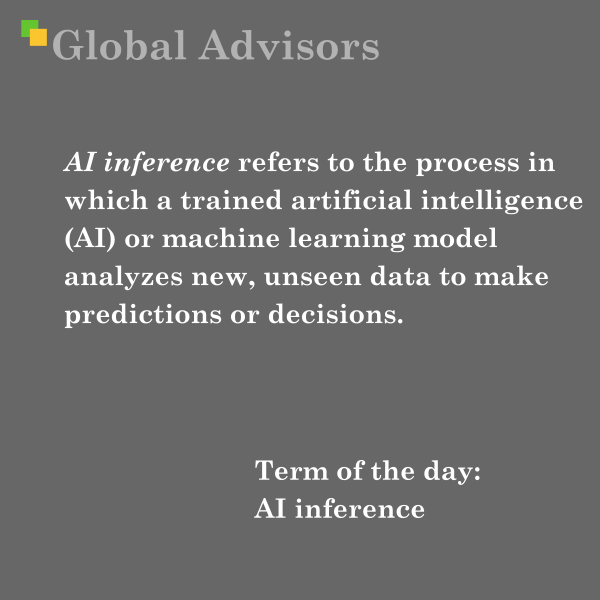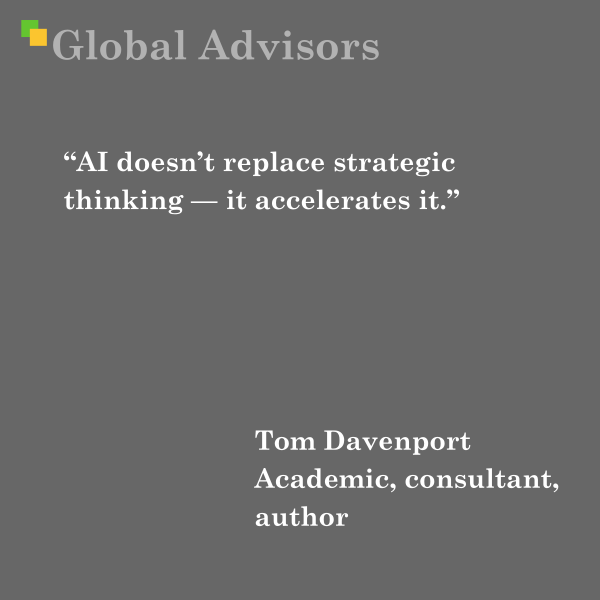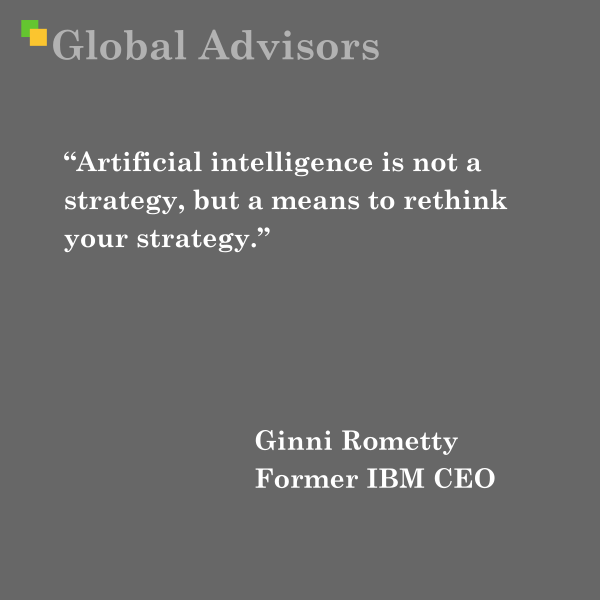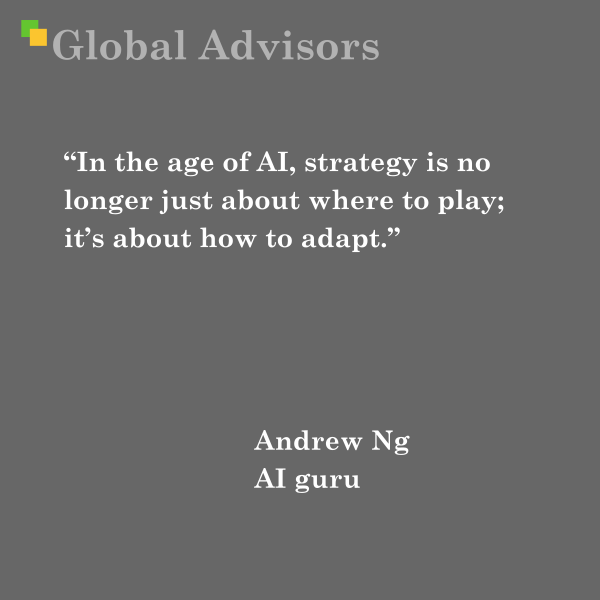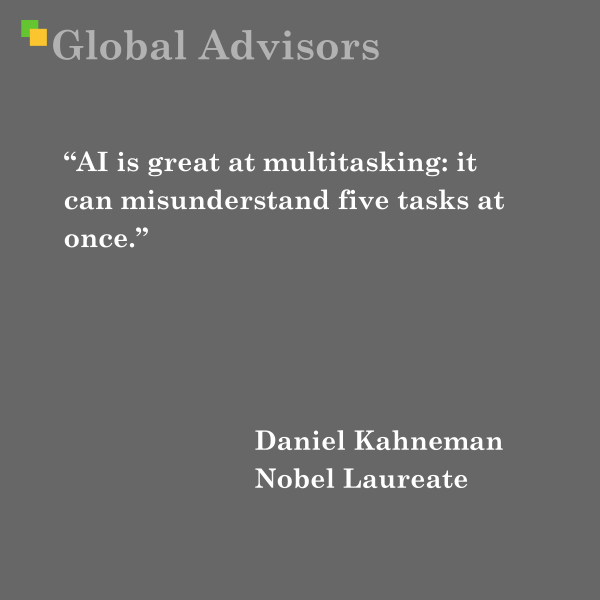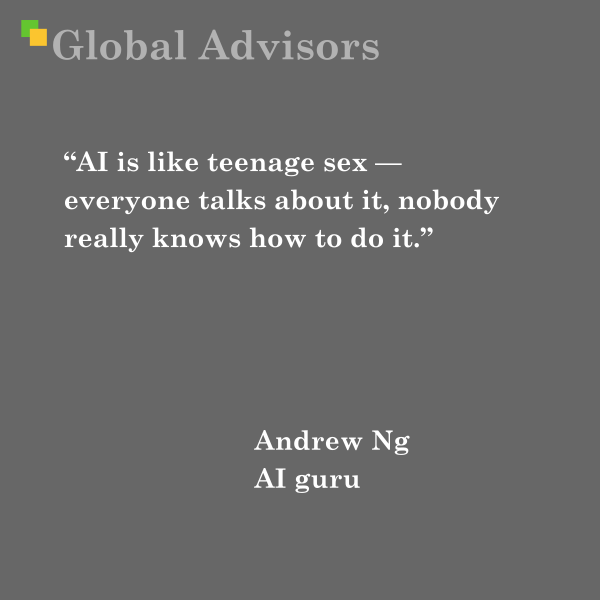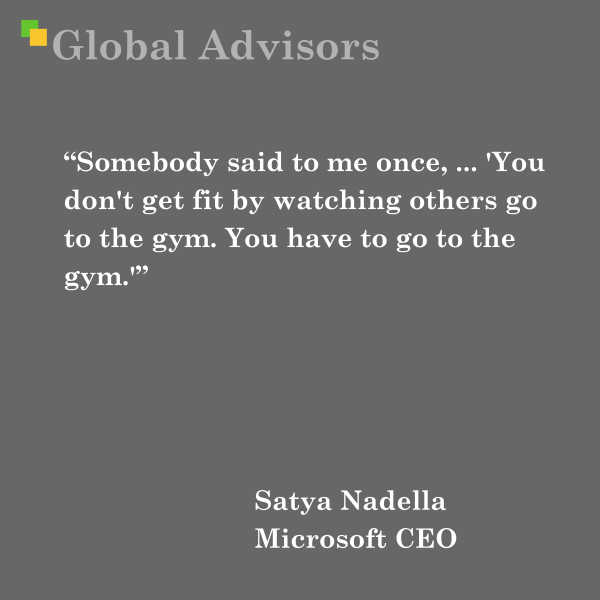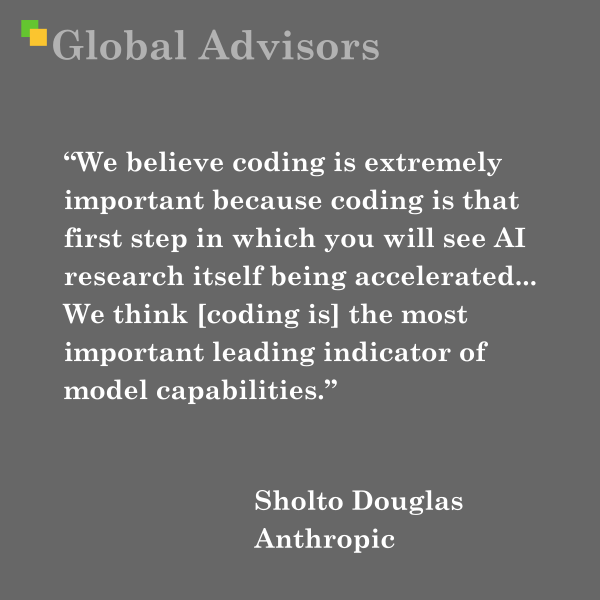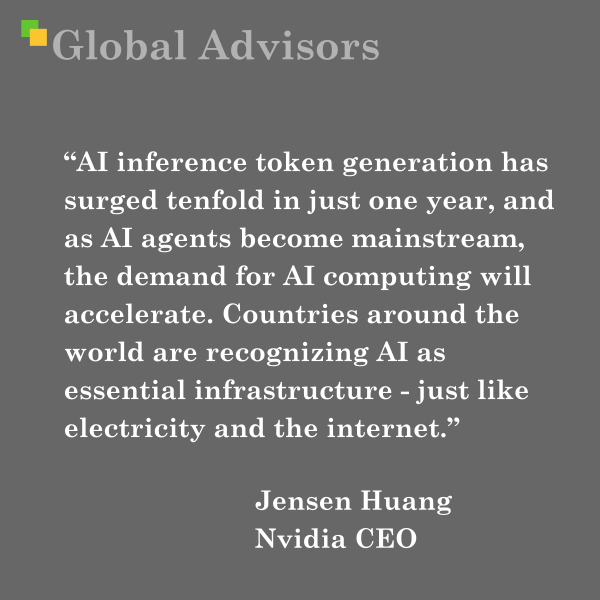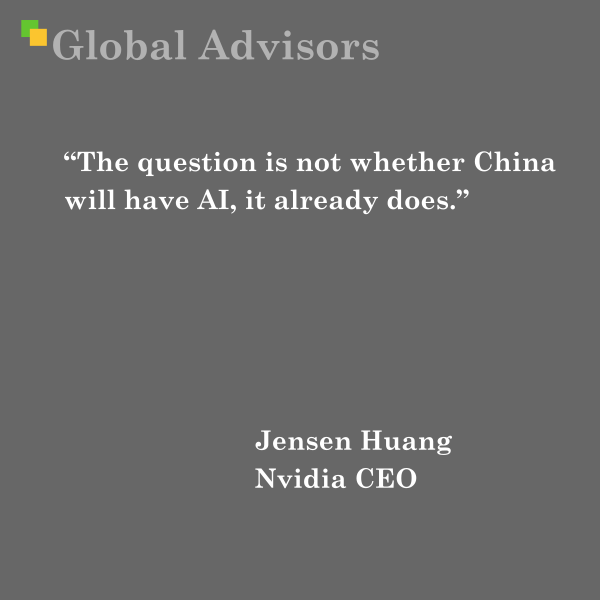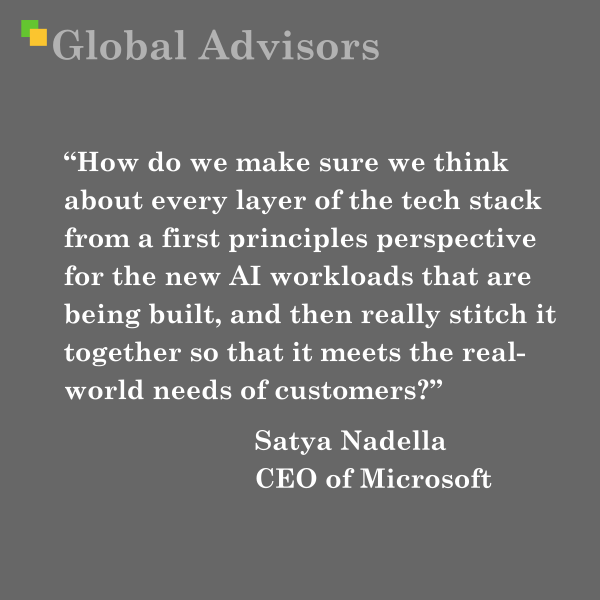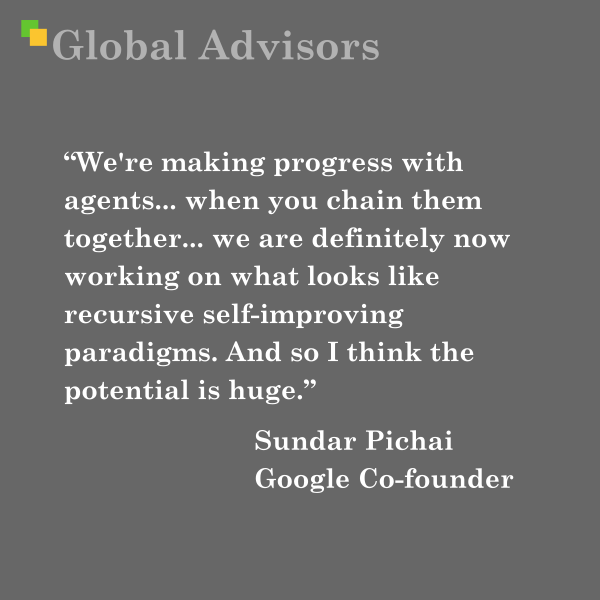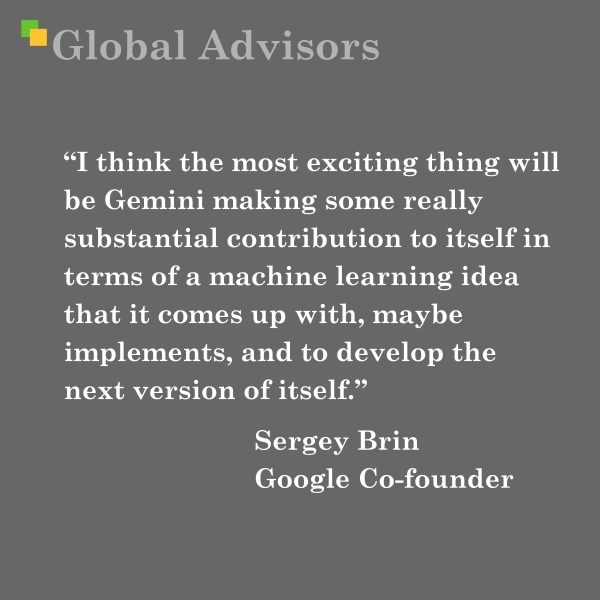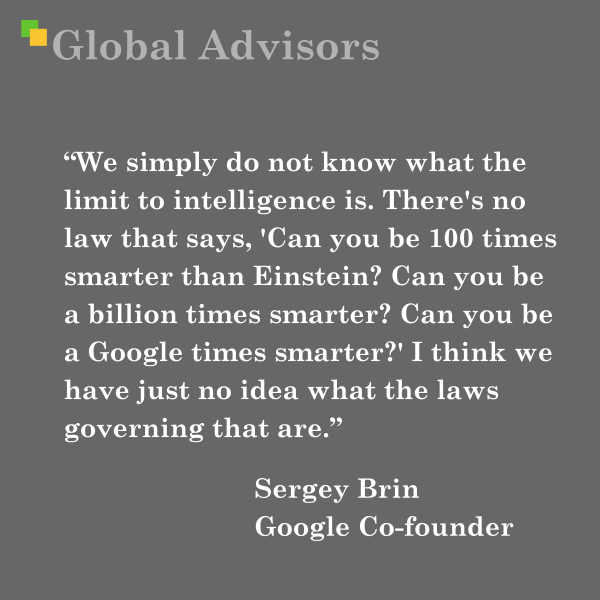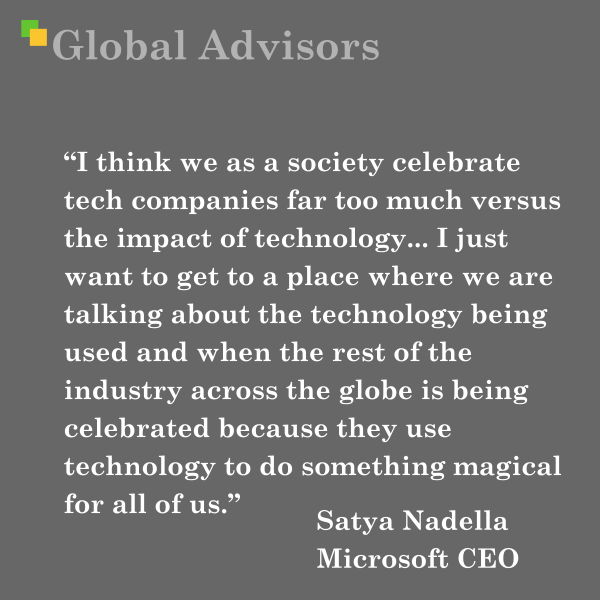“Before we reach human-level AI, we will have to reach cat-level AI and dog-level AI.” – Yann LeCun – Chief AI Scientist at Meta
Yann LeCun, a pioneering figure in artificial intelligence, is globally recognized for his foundational contributions to deep learning and neural networks. As the Chief AI Scientist at Meta (formerly Facebook) and a Silver Professor at New York University’s Courant Institute, LeCun has been instrumental in advancing technologies that underlie today’s AI systems, including convolutional neural networks (CNNs), which are now fundamental to image and pattern recognition in both industry and research.
LeCun’s journey in AI began in the late 1980s, when much of the scientific community considered neural networks to be a dead end. Undeterred, LeCun, alongside peers such as Geoffrey Hinton and Yoshua Bengio, continued to develop these models, ultimately proving their immense value. His early successes included developing neural networks capable of recognizing handwritten characters—a technology that became widely used by banks for automated check reading by the late 1990s.This unwavering commitment to neural networks earned LeCun, Hinton, and Bengio the 2018 Turing Award, often dubbed the “Nobel Prize of Computing,” and solidified their standing as the “Godfathers of AI”.
The quote, “Before we reach human-level AI, we will have to reach cat-level AI and dog-level AI,” encapsulates LeCun’s pragmatic approach to artificial intelligence. He emphasizes that replicating the full suite of human cognitive abilities is a long-term goal—one that cannot be achieved without first creating machines that can perceive, interpret, and interact with the world with the flexibility, intuition, and sensory-motor integration seen in animals like cats and dogs. Unlike current AI, which excels in narrow, well-defined tasks, a cat or a dog can navigate complex, uncertain environments, learn from limited experience, and adapt fluidly—capabilities that still elude artificial agents. LeCun’s perspective highlights the importance of incremental progress in AI: only by mastering the subtleties of animal intelligence can we aspire to build machines that match or surpass human cognition.
LeCun’s work continues to shape how researchers and industry leaders think about the future of AI—not as an overnight leap to artificial general intelligence, but as a gradual journey through, and beyond, the marvels of natural intelligence found throughout the animal kingdom.



